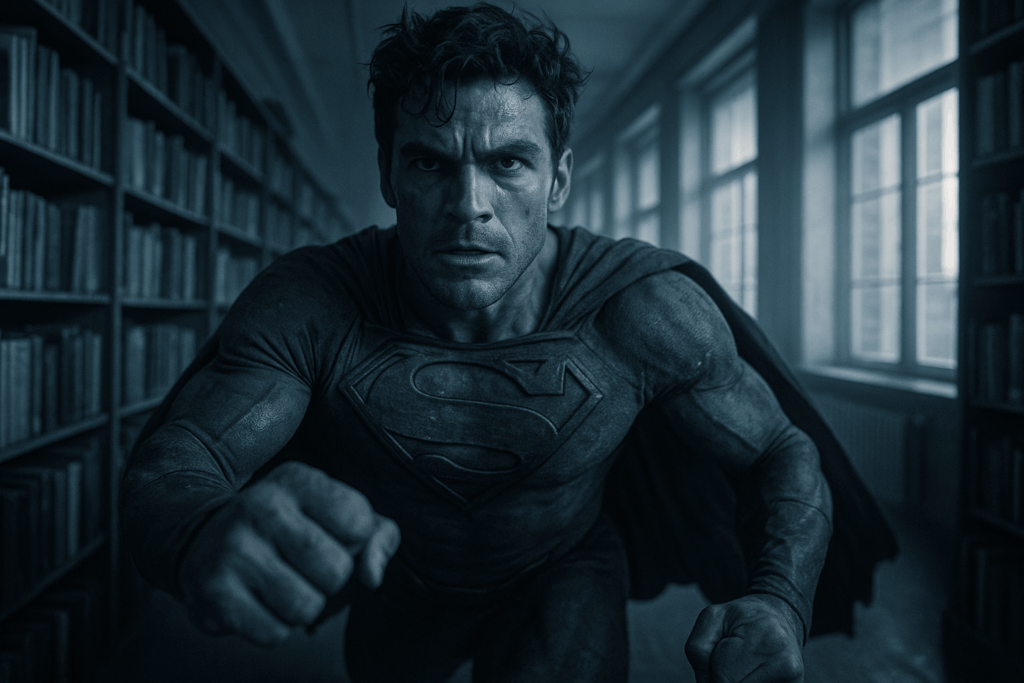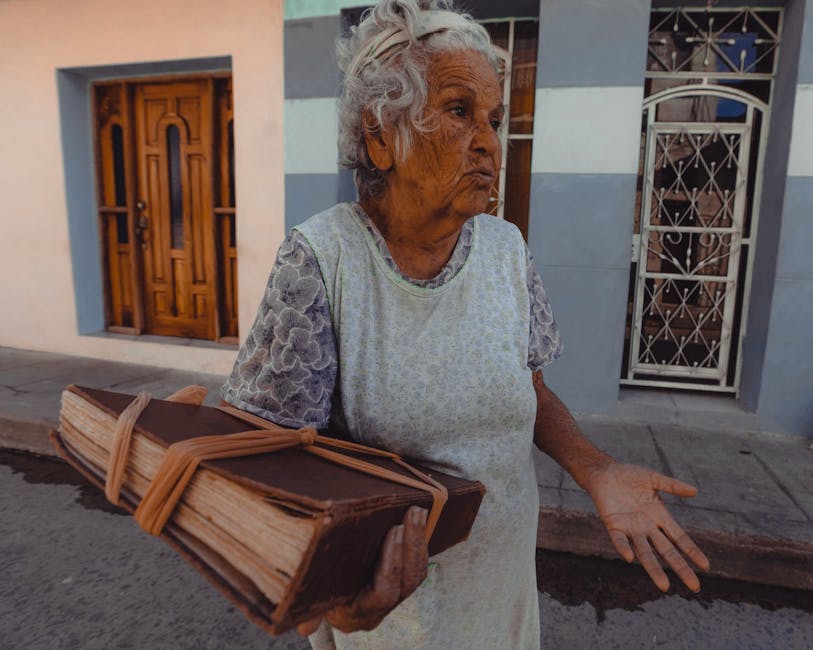Overview: Why These Films Made the Cut
To sort through the hundreds of releases each year, we stuck to three non-negotiables: critical reception, audience impact, and storytelling quality. These aren’t just films pulling big box office numbers or earning festival buzz. They’re stories that stick—the ones that critics can’t stop dissecting, and audiences keep talking about weeks later.
What separates a must-see from the white noise of content overload? Focus. Whether it’s a lean script, a sharp visual style, or raw emotional honesty, standout films don’t wander. They pull you in and don’t let go. No filler, no fluff—just deliberate storytelling that lands with precision.
This year, tastes are shifting. Flash and flair are losing ground to nuance and layered themes. Audiences are less impressed by scale and more drawn to sincerity. Big spectacle still has a place, but it’s not immune to scrutiny. People want stories that feel real—emotionally grounded, creatively charged, and culturally relevant. In a noisy, fast-scroll world, that’s what makes a film worth stopping for.
Film #1: The Breakout Hit
Title, Director, and Synopsis
Film Title: Beyond the Frame Director: Ava Liu
Set in the buzzing metropolis of Seoul, Beyond the Frame follows an aspiring photojournalist pulled between covering raw conflict and staying true to her artistic eye. When she uncovers a political scandal through the lens of her camera, she’s forced to choose between career-defining fame and personal safety.
Why It Struck a Chord
This film didn’t just impress critics—it stayed with general audiences long after credits rolled. Here’s why:
- Universal themes like integrity, truth, and the cost of ambition resonate broadly.
- Timely social relevance in an era of media scrutiny and whistleblowing.
- Emotionally grounded storytelling elevated its thriller plot into something more personal and lasting.
Critics praised its narrative control, while audiences responded to the relatable conflict and fresh setting. The tension feels earned, never forced.
Performances and Memorable Moments
Standout performances helped engrain this film in 2024’s conversation:
- Jin-ah Park delivers a magnetic lead role—subtle, intense, and emotionally transparent.
- Surprise breakout from newcomer Dae Kim as a conflicted editor juggling loyalty and legality.
Scenes to remember:
- A rooftop confrontation set during a silent protest—shot in one unbroken take.
- The final photo reveal, accompanied by a minimalist score that highlights the film’s themes of visibility and truth.
Beyond the Frame is more than a breakout—it’s a benchmark for balancing substance with suspense.
Film #2: The Indie Gem That Blew Up
It started as a quiet festival entry—no big stars, no major studio pushing it. Just a tight script, sharp direction, and word-of-mouth that refused to die. Within weeks of its limited release, it was all over Letterboxd, showing up in think pieces, and quietly selling out theater runs across cities. It didn’t explode overnight. It simmered. That’s the new indie success model: let the audience advocate.
The film’s storytelling doesn’t try to impress with complexity. It works because it’s honest. Scenes linger with intent. Conversations unfold like real life. The cinematography leans natural—handheld takes, soft lighting, long cuts that let moments breathe. It’s intimate and calculated, but not flashy. That restraint is a lesson to any indie filmmaker trying to do more with less.
Dialogues matter here. Not in a Tarantino monologue kind of way, but in the lines that slip past you and then hit hard an hour later. The script is full of those quiet zingers that stick. And if you’re paying attention, the background details—props, glances, even changes in color palette—quietly build the emotional thesis. This is craft, not coincidence.
For anyone chasing the next big thing, this film is a case study: storytelling first, trend-chasing last.
Film #3: The Visual Experience
When it comes to pushing the edge of what’s visually possible, “The Construct” stands out. Directed by Ava Nandakumar, the film is a sci-fi puzzlebox built on bold CGI design choices, immersive virtual landscapes, and precision-coordinated camera work that deliberately blurs the line between simulation and reality. Think less about floating objects and more about scenes that feel physically impossible—and yet completely grounded.
This isn’t just flash for flash’s sake. “The Construct” redefines how narrative can be embedded into production design itself. Every corridor, every background glitch, even the lighting shifts carry meaning. It’s the kind of visual storytelling where form and content are in constant conversation. Nandakumar’s control over the image invites you to pause, rewind, and rethink what you just saw.
But does it hold up narratively? That’s where opinions split. For some, the layered tech-jargon script drags the pacing. For others, it offers exactly the kind of cerebral weight the visuals demand. It’s not a popcorn story—but it’s deliberate, meticulous, and confident in its message. Style isn’t the enemy here; it’s the delivery system. And in a year littered with disposable blockbusters, that makes “The Construct” a piece worth remembering—and maybe rewatching, with a slower eye.
Film #4: The Award Season Favorite
You already know the one. It’s been collecting nominations like souvenirs—Oscars, BAFTAs, Golden Globes, the whole parade. And in this case, the acclaim isn’t just noise. The film’s narrative spine is clean, heavy without being self-important. It taps into a core human conflict—a tug-of-war between obligation and desire—that lands no matter where you’re watching from.
What gives it punch is the execution. The direction is stripped down, almost austere, leaving just enough space for the actors to breathe. The lead’s performance doesn’t beg for attention—it earns it in silence, in restraint. The writing is tight, too. Dialogue that hits hard without ever feeling like it’s trying. Visually, the film doesn’t overreach. It knows what story it wants to tell and avoids the trap of cinematic flexing for the sake of clips and gifs.
Still, not everyone’s sold—and fair enough. Some critics argue it leans on awards-ready tropes: the slow burn, the tragic turn, the ambiguous ending. Fair point. But here’s the thing: it works. It hits because it’s grounded. There’s no glitter here, just grit. The kind of film you think about two weeks later while you’re standing in line for coffee, wondering why it still sits in your brain.
All that said, the hype isn’t misplaced. This is awards-bait done right—less bait, more bite.
Film #5: The Sleeper That Stuck
You might’ve missed it when it hit theaters—and you wouldn’t be alone. That’s the thing about some of the best films: they don’t roar onto the scene, they settle in quietly and get under your skin. This one came in without splashy marketing or a blockbuster cast, but it’s the kind of story people keep talking about months later.
The script doesn’t rely on cheap twists or over-polished monologues. It’s lean, focused, and teeming with moments that sneak up on you. There’s a raw emotional depth that never feels forced. You don’t see it coming, and that’s the point. You watch it once, think you’ve got it… then it stays with you for days.
What makes this film worth your time isn’t buzz or box office stats—it’s the personal connection. The characters feel lived-in. The choices matter. It has that rare thing—a quiet confidence. So no, it’s not a headline-grabber. But if you care about storytelling that means something, skip the noise and press play.
Supporting the Bigger Picture
This year’s standout films didn’t just entertain—they held up a mirror. Whether tackling climate anxiety, systemic inequality, or generational trauma, 2024’s top movies weren’t afraid to get political. The breakout indie and major studio flicks alike showed that audiences are responsive to stories with teeth—narratives that poke at real tension rather than dodging it. These aren’t just cultural snapshots; they’re pulse checks.
International cinema carved out serious space, with films from South Korea, Nigeria, and Argentina making major dents in global streaming charts. Language barriers aren’t stopping anyone now. Subtitled is the new normal, and it’s pushing storytelling beyond the Hollywood playbook. These films are bringing fresh perspectives on everything from identity to justice, and they’re doing it without watering anything down.
Stylistically, there’s a rise in filmmakers blurring lines between genre, tone, and even media. Sci-fi dramas with lo-fi aesthetics, horror-comedies that punch up, and neo-westerns scored with ambient synths—it’s all on the table. Scoring has taken a risky turn too, often trading orchestral polish for stripped-down, emotionally raw music that doesn’t just support the story but shapes it. Across the board, there’s a sense that the rules are loose, the stakes are high, and the audience is ready for it.
If You Crave More Screen-Time
Great cinema rarely travels alone. For every standout film released this year, there’s a TV drama running neck and neck in terms of storytelling, acting, and raw impact. Think slow-burn thrillers that haunt you days later, or ensemble-driven narratives that unfold like miniature epics. Shows like “The Last of Us,” “Severance,” and “The Bear” aren’t just binge-worthy—they’re shaping the cultural pulse in much the same way as the films on this list.
If you’re looking to keep that momentum going beyond the big screen, now’s the time to dive into series that demand your full attention. These aren’t just fillers between movie nights—they’re part of the same evolving conversation around character, theme, and emotional payoff.
For a deeper lineup of what to queue next, check out this curated guide: Television Series You Can’t Miss: Critical Reviews.
Wrap-Up: What These Films Say About Us
This year’s cinema didn’t just entertain—it observed, dissected, and reflected. Films became more than stories on a screen; they became mirrors. Not always flattering, not always easy to face, but sharp in how they captured the tension, hope, and contradictions of modern life. From quiet character studies to bold, genre-bending epics, each film on this list puts something essential under the lens.
Watching with intention means resisting autopilot. Let the visuals hit you, sure. But push further—listen for subtext, track recurring symbols, pay attention to who’s telling the story and why. In 2024, the movies worth your time don’t just pass through your screen. They leave a stamp.
These aren’t just movies. They’re cultural bookmarks. Markers in the timeline of where we’ve been and where we might be going. Watch them not to escape who we are, but to understand it.




